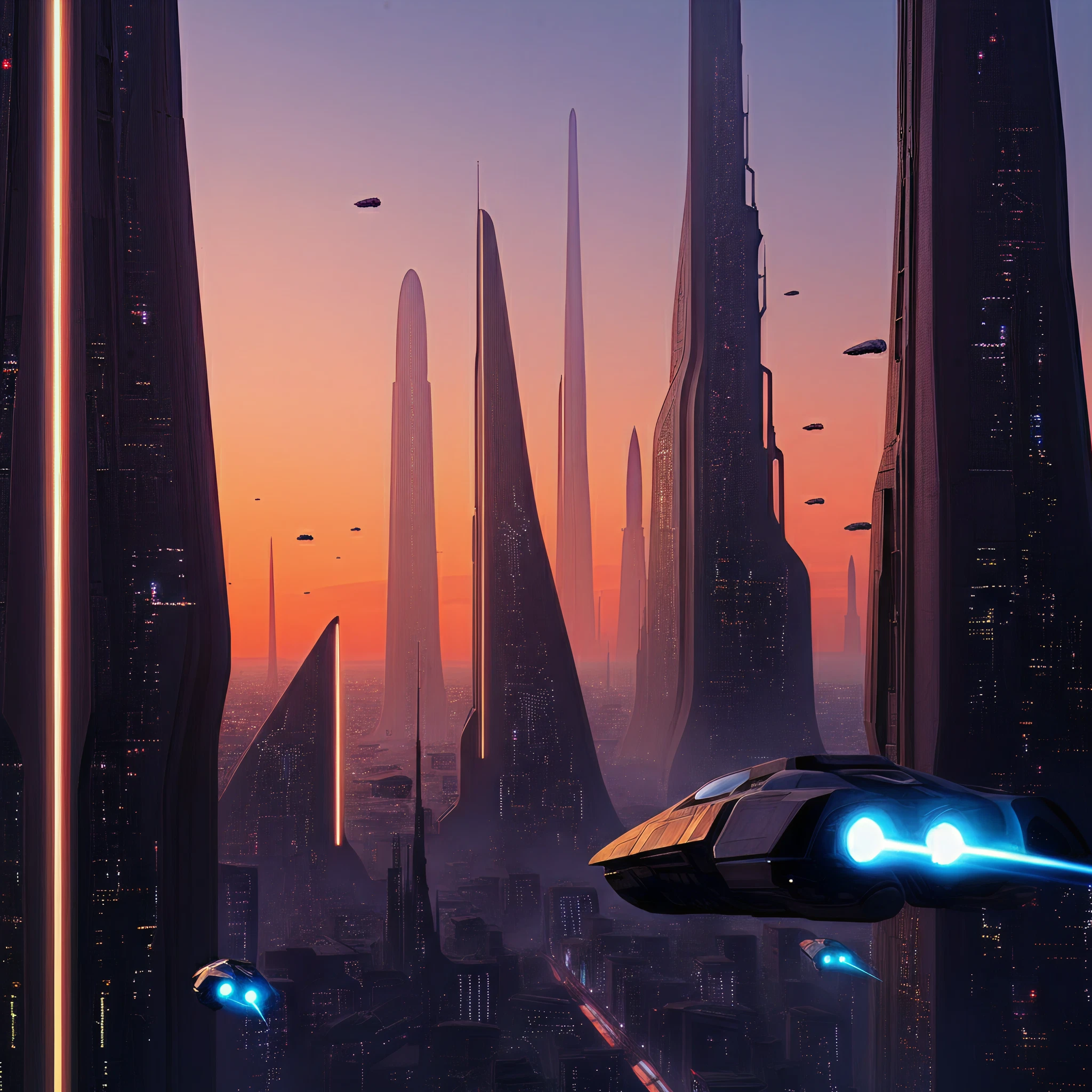Ralph McQuarrie, a name revered by science-fiction enthusiasts and filmmakers alike, stands as a towering influence in the world of concept art. Known primarily for his work on Star Wars, McQuarrie didn’t just sketch scenes from popular films; he visualized entire universes. His meticulous technique, visionary style, and powerful storytelling through art have left an indelible mark on not only the film industry but also the entire realm of science fiction.
This article dives deep into the fascinating world of Ralph McQuarrie’s art, exploring his groundbreaking work, techniques, and the legacy he left behind.
Crafting the Galaxy Far, Far Away
Ralph McQuarrie’s Role in Star Wars
When George Lucas embarked on creating Star Wars, he needed someone to translate his ambitious vision into tangible designs. Enter Ralph McQuarrie. Tasked with bringing Lucas’s ideas to life, McQuarrie conceptualized many of the iconic visuals of Star Wars that fans know and love to this day.
From the very first conceptual sketches to the finished renders, McQuarrie was instrumental in creating:
- Iconic Characters: The earliest versions of characters like Darth Vader, R2-D2, and C-3PO were born through McQuarrie’s art. McQuarrie’s design for C-3PO, for instance, was inspired by the robot Maria from Fritz Lang’s Metropolis. It was so compelling that actor Anthony Daniels accepted the role after seeing the artwork.
- Alien Landscapes: McQuarrie’s use of color and perspective rendered Star Wars planets like Tatooine, Hoth, and Bespin with a surreal beauty that shaped the film’s tone.
- Memorable Moments: One of McQuarrie’s most iconic works includes a conceptual painting of Darth Vader dueling another figure. Originally not Luke Skywalker but a rebel “Starkiller” character, this imagery established Vader as an intimidating, otherworldly force.
His ability to materialize Lucas’s expansive ideas helped convince studio executives to greenlight the Star Wars project. Without McQuarrie’s distinct visuals, it’s hard to imagine the franchise reaching the monumental success it enjoys today.
Did You Know? Early designs showed Stormtroopers wielding lightsabers and shields before their arsenal was reimagined with blasters.
A Masterful Approach to Art
Artistic Techniques that Defined McQuarrie’s Work
Ralph McQuarrie’s art was not just visually stunning but also technically masterful. His background as a technical illustrator for Boeing gave him an incredible understanding of perspective, accuracy, and design. Some defining characteristics of his techniques include:
- Matte Painting: McQuarrie was skilled in matte painting, a method of painting realistic and immersive backdrops for use in films. His ability to blend the fantastical with hyper-realistic details set the foundation for the settings in Star Wars.
- Use of Light and Shadow: McQuarrie’s understanding of light was critical in creating the atmospheric tension of films like Star Wars. His balance of contrasts added depth and drama to his illustrations.
- Story-Driven Details: Every one of McQuarrie’s pieces told a story. Whether it was a duel or a quiet planetary landscape, his use of meticulous detail ensured viewers could imagine entire narratives within a single image.
Beyond Star Wars: McQuarrie’s Wider Impact
While Star Wars was undoubtedly Ralph McQuarrie’s magnum opus, his artistic contributions extended far beyond the galaxy far, far away.
- Film Contributions
McQuarrie lent his talents to several other sci-fi classics, including:
-
- Star Trek: Provided concept art for the Star Trek IV movie.
- E.T. the Extra-Terrestrial: Helped design the look and feel of Spielberg’s beloved extraterrestrial.
- Battlestar Galactica: Defined much of the visual aesthetic for this cult classic TV series.
- Cocoon: His work on Cocoon earned him an Academy Award for Visual Effects, cementing his versatility and skill.
- Book Covers and Posters
McQuarrie’s distinctive vision also graced book covers, film posters, and promotional materials, ensuring his art reached audiences even beyond the cinema.
Shaping the Future of Sci-Fi Art
Ralph McQuarrie’s Influence on Today’s Creators
The mark Ralph McQuarrie left on the world of art and film design is immeasurable. Many modern concept artists credit McQuarrie as a significant source of inspiration. His approach to blending imagination with functionality has set the benchmark for creators working on video games, comics, and blockbuster films.
Directors like J.J. Abrams paid homage to McQuarrie’s work in Star Wars sequels. Elements of his unused designs were revived for The Force Awakens, showcasing the timelessness of his creativity.
Quote Spotlight: George Lucas once described Ralph McQuarrie as “the gentle giant of the Star Wars universe.”
Why McQuarrie’s Legacy Matters
Even a decade after his passing in 2012, McQuarrie’s influence continues to inspire new generations of artists, designers, and fans. His ability to reimagine worlds and push the boundaries of visual storytelling remains unparalleled.
For Star Wars fans, revisiting McQuarrie’s original concept art provides a window into the origins of the beloved franchise. For budding artists, studying his techniques offers invaluable lessons in design, perspective, and visual storytelling.
Final Thoughts
Ralph McQuarrie’s art did more than bring Star Wars to life. It redefined how stories could be told visually, shaping the look and feel of modern science fiction as we know it. Without his contributions, the landscapes of galaxies and the towering, iconic characters of sci-fi’s greatest epics might have remained figments of imagination.
Whether you’re a film buff, an aspiring artist, or a long-time Star Wars fan, Ralph McQuarrie’s work is well worth exploring. His art invites us to see beyond the stars and reminds us that every great adventure starts with a single stroke of the brush.








